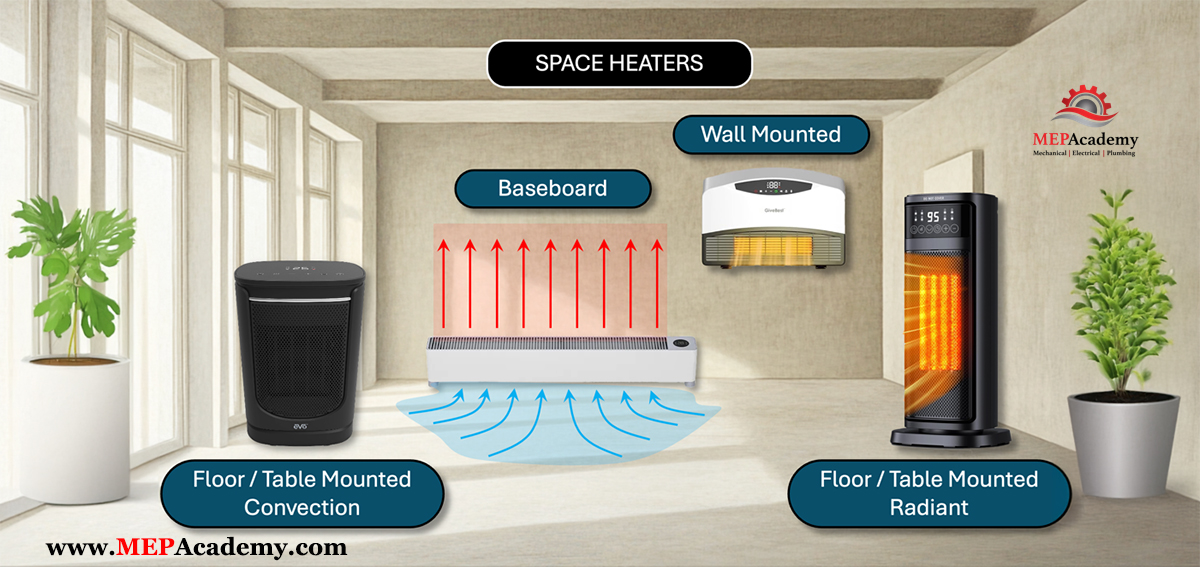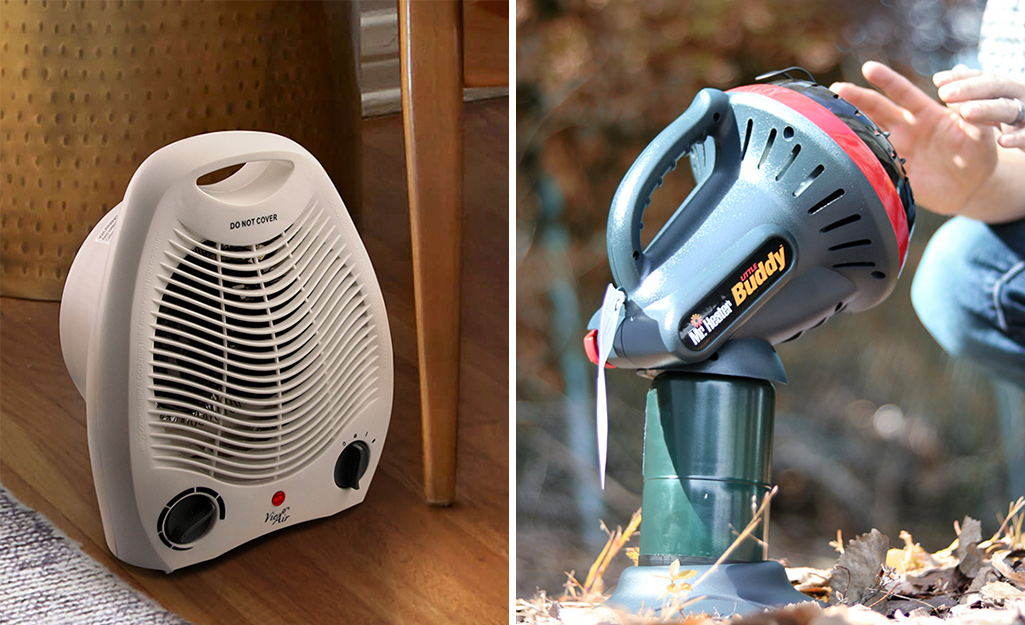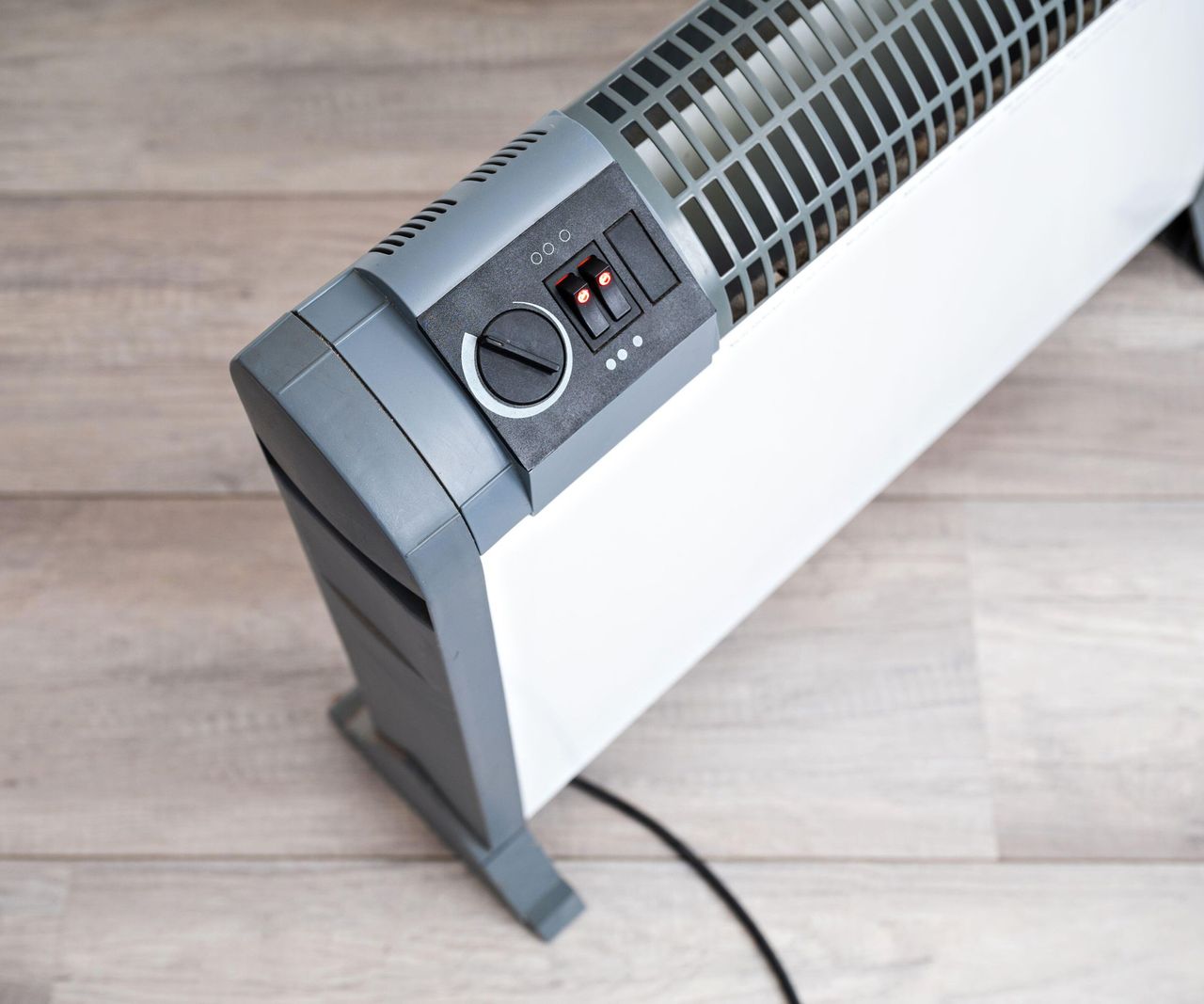About 1 Source Portable Air
About 1 Source Portable Air
Blog Article
1 Source Portable Air for Beginners
Table of ContentsHow 1 Source Portable Air can Save You Time, Stress, and Money.The smart Trick of 1 Source Portable Air That Nobody is Talking AboutThe Best Guide To 1 Source Portable AirSome Known Details About 1 Source Portable Air The Main Principles Of 1 Source Portable Air
Running expenses are based upon an electricity rate of 40c/kWh. The prices for 3 months' usage in wintertime are based upon 500 hours utilize, or about 6 hours per day for three months. Optimum warmth result is based on the optimum power level of the models we have actually examined (we focus on greater wattage heating systems).
On standard, little fan heating systems are much less costly to buy, however can have higher running expenses. Oil column heating systems will certainly be the least expensive on the market to run (on average) however just by a slim margin ahead of convection heating units (like panel and micathermic panels).
Getting My 1 Source Portable Air To Work
If you have a relatively easy to fix ceiling fan, it'll help distribute the warm around the area extra equally. The models in our electric heating systems examination commonly array in rate from well under $100 to over $900, but we have actually discovered a higher price doesn't constantly suggest far better efficiency. A number of pricey heating units have actually failed to thrill our testers, while some cheaper versions produce remarkably bargains.
As the name recommends, they emit warm from a red-hot home heating component (so the household will need to take turns resting in front of it). There are floor and wall-mounted designs offered. Radiant heaters are fairly affordable. They have a cosy radiance and personal warming impact, like resting in front of a fire.
Radiant heating units generally cost between $20 and $200. Oil-filled column heating units don't really shed oil they use power to warm the oil that's secured inside their columns or 'fins'.
About 1 Source Portable Air
Some column heaters aren't also oil-filled but rather make use of various other material or heating modern technology to work similarly - 1 Source Portable Air. The threat of fire with an oil column heating unit is reduced compared to various other heater types, but never ever no. Oil heaters don't have subjected components like radiant heating units do, and their surface area temperature level is less than many other heating system types (their huge surface area offsets it)
Oil column heaters will not take off, and while they don't melt their oil to produce heat, it's still combustible, so there is a fire threat if the oil leaks, if the heater topple and leaks, or if combustible objects or fabric enter call or fall on the heating system. You need to work out the very same level of caution with oil heating systems when it comes to other heating system kinds, and never hang towels or clothes over one to completely dry them make use of a drying out rack rather, at the very least one metre away.
Column heating systems are especially beneficial in rooms where they'll be activated for lengthy periods of time or where they'll run neglected, such as overnight in a bedroom. The surface areas you're most likely to touch on a column heater don't get as hot as other sorts of electric heating systems. You can utilize a ceiling follower on extremely low speed to aid the column heating unit to distribute the warmth much faster and much more uniformly.
If there's not much air movement (as an example, if you're sitting analysis or enjoying TV), the warmth might not be dispersed equally. Oil-filled column heating units normally Read Full Article cost between $50 and $450. Convection and panel heating units draw chilly air over an electric home heating element. The warmed up air after that leaves the heating system and rises towards the ceiling, while cooler air relocate to replace it.
An Unbiased View of 1 Source Portable Air

Convection and panel heating systems are more portable than their oil-filled column heater counterparts because they're significantly lighter. They'll warm the air in a room evenly and quickly. Like a column heating system, you can make use of a ceiling fan on very reduced speed to distribute the warmth faster and a lot more equally. Some designs, specifically panel heating systems, are fairly expensive to acquire.

10 Easy Facts About 1 Source Portable Air Shown
Follower heating systems are frequently smaller and more portable than various other electric heating units. They additionally can be found in discover this the kind of tower follower heating units, which can be much better for distributing heat around larger spaces because of their taller account. They can warm the air in an area a lot more quickly, uniformly and swiftly than a few other heating system kinds.
Follower heaters (ceramic or otherwise) normally expense in between $60 and $900. Ceramic follower heating units aren't necessarily any various in rate to non-ceramic designs.
Report this page